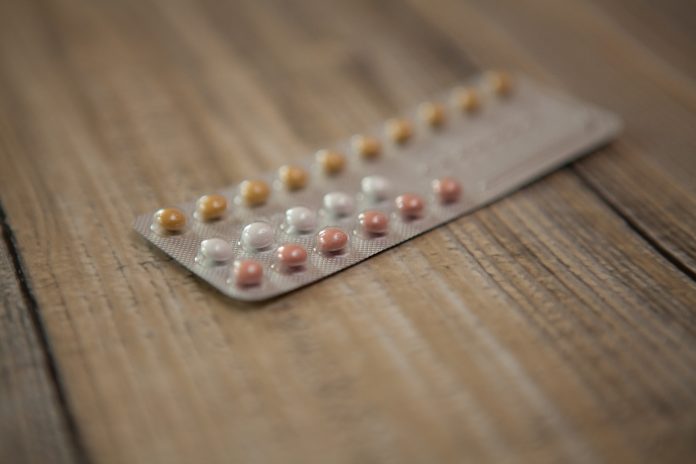
Researchers in Sweden have developed a non-hormonal contraceptive for women with no side effects. The contraceptive is one promising use for a new technique developed to tighten up the mucous membrane.
The approach to the development of this next-generation non-hormonal contraceptive consists of cross-linking the mucus gel with chitosan – a type of polysaccharide from chitin, the substance that develops in the hard outer shell of crustaceans.
Thomas Crouzier, leader of the Polymers for Life research group at KTH’s School of Engineering Sciences in Chemistry, Biotechnology and Health, in the Department of Chemistry and the Division of Glycoscience, Stockholm, says that the material tightens the mucin polymer mesh barrier which lines the mucosal epithelium of the body’s cavities.
Failure of the mucous barrier can lead to inflammation of the mucosa, which is the problem behind:
- Inflammatory bowel diseases;
- Rhinitis; and
- Acid reflux and other syndromes.
And in the cervix, the usually impervious mucous barrier naturally becomes slack during ovulation, allowing eggs to be fertilised.
Crouzier said: “The polymeric material can close this possibility, and could prevent fertilisation from occurring.
“In this way, we get a contraceptive that is not based on hormones and has no side effects.”
Developing the contraceptive
Crouzier is working towards bringing the product to market. He says that the non-hormonal contraceptive could be applied as a small vaginal capsule that quickly dissolves. The effect has been shown to be fast, usually within minutes.
The 100% bio-based material produces no side effects as it only modifies the superficial mucus layer, whether used in contraception or other therapies, such as:
- Treatment of ulcers in mucous membranes; and
- Treatment of inflammatory bowel diseases.
Crouzier said: “The starting point for us has been to regard mucous membranes as a separate material that you can work with and modify. In order to do that, one must understand the mucous membrane’s functions, including acting as a barrier that stops bacteria and viruses while allowing oxygen or nutrients to pass through.”
This work was funded by a Marie Curie International Outgoing Fellowship (BIOMUC), and by the Swedish Research Council Vetenskapsradet.
Source: KTH Royal Institute of Technology









